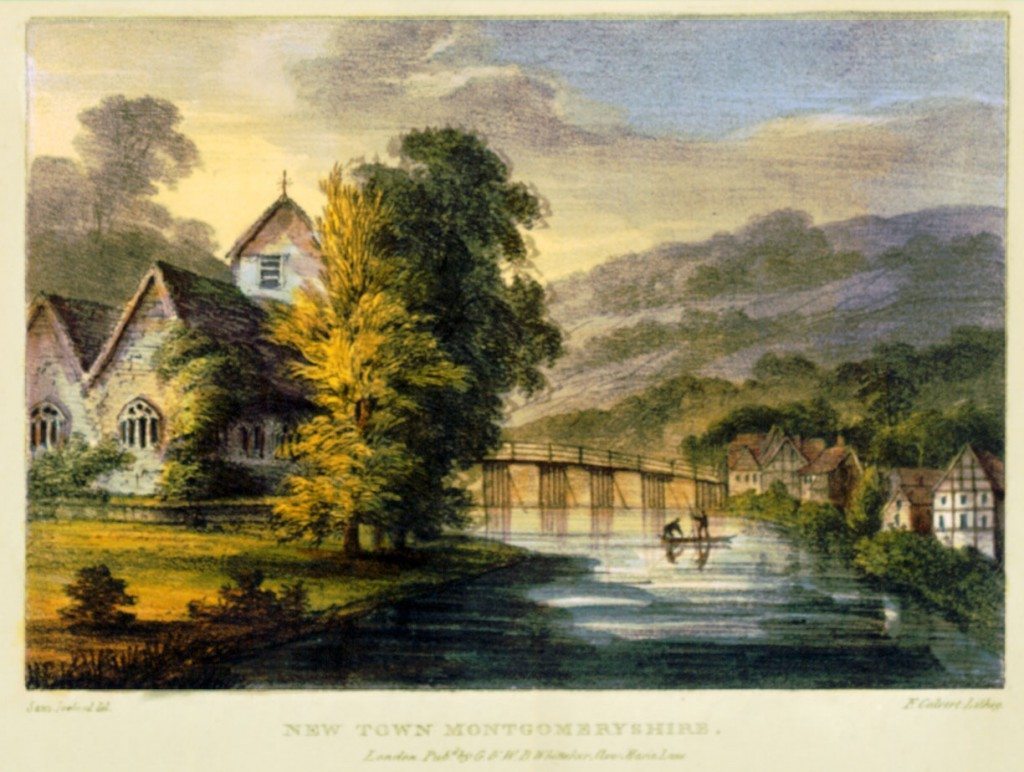Newtown to Montgomery
Image: Newtown, Montgomeryshire. Newtown and Montgomery were larger than Llanidloes, but also combined industrial activity in a rural setting
“(Newtown) is a large, irregular market-town…Lying in a beautiful valley of meadow and pasture, it is bounded on each side of the stream by moderately rising hills, most of which are mantled with wood.
Here is the chief manufactory of Welch flannels, the weaving and spinning of which are carried on in several buildings in and next to the town….Nothing can divest the mountain-sheep of the country of the fineness of their fleece, which is of short staple, and admirably adapted to the purpose.
From Newtown, the Montgomery canal accompanies the Severn for many miles. Much business is transacted on it, in the conveyance of lime, coal, slate and timber.
Although Montgomery is the county town, it was, no further back than the year 1756, little more than a village in extent….Formerly it contained only about two hundred timber–and-plaister dwellings, forming a single street; but the houses are now chiefly of brick, roofed with slate: altogether its appearance is remarkably clean and neat, and around the market-place it is not without some pretension to elegance. The circumjacent scenery indicates fertility of soil; and, from the number of pretty cottages of a superior class, which occupy the most agreeable spots in the environs, it may be said to possess considerable attractions for persons of moderate fortune, fond of good society, and of the inexpensive enjoyments of life. The process of tanning is carried on to some extent in this town; but its general traffic is not considerable. Here, however are five annual fairs for horses, sheep, and horned cattle.
The surrounding country is luxuriantly rich in meadow and corn land; and the views, in every direction, are extensively and beautifully diversified.”
Harral, vol.1, p 24-28, 38-57.
« Previous in this sectionNext in this section »Continue browsing this section
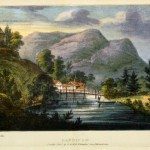 A Journey down the Severn from Thomas Harral’s Picturesque Views of the River (1824)
A Journey down the Severn from Thomas Harral’s Picturesque Views of the River (1824)
 Introduction: the Severn Waterway
Introduction: the Severn Waterway
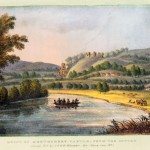 Poetry and Visions of the River Severn
Poetry and Visions of the River Severn
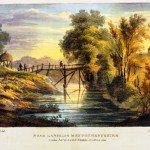 The Severn and its Origins in Wales
The Severn and its Origins in Wales
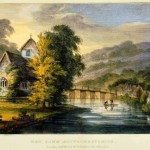 Newtown to Montgomery
Newtown to Montgomery
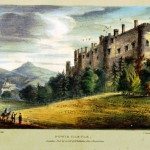 Powis Castle to Welshpool
Powis Castle to Welshpool
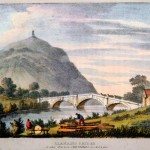 Welshpool to Shrewsbury
Welshpool to Shrewsbury
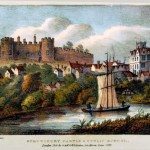 Shrewsbury
Shrewsbury
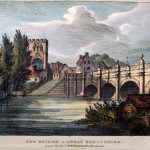 The English Bridge, Shrewsbury
The English Bridge, Shrewsbury
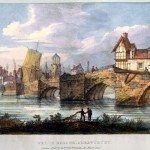 The Welsh Bridge, Shrewsbury
The Welsh Bridge, Shrewsbury
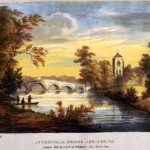 Atcham Bridge, Shropshire
Atcham Bridge, Shropshire
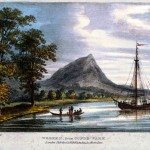 The Wrekin
The Wrekin
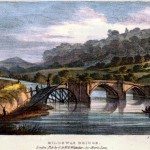 Buildwas Bridge and the Severn Earthquake of 1773
Buildwas Bridge and the Severn Earthquake of 1773
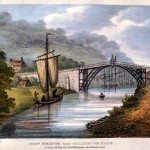 Coalbrookdale and the Ironbridge
Coalbrookdale and the Ironbridge
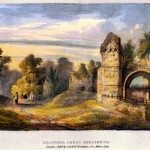 Madeley, Broseley and Lilleshall
Madeley, Broseley and Lilleshall
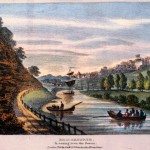 Bridgnorth
Bridgnorth
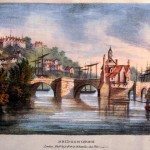 Bridgnorth’s Economy
Bridgnorth’s Economy
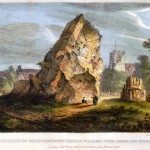 Bridgnorth Castle
Bridgnorth Castle
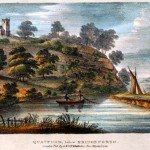 Quatford and the nearby Landscape
Quatford and the nearby Landscape
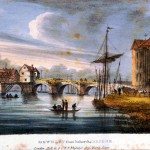 Bewdley
Bewdley
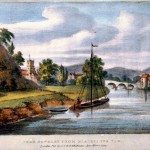 The Wyre Forest
The Wyre Forest
 Stourport
Stourport
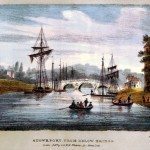 Stourport Bridge
Stourport Bridge
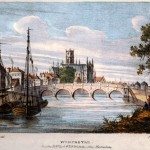 Worcester
Worcester
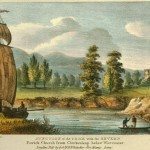 Worcester to Upton-on-Severn
Worcester to Upton-on-Severn
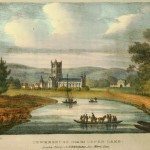 Tewkesbury
Tewkesbury
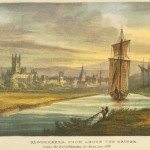 Gloucester
Gloucester
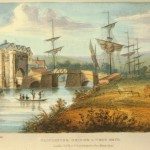 Gloucester’s Economy and the Severn Trade
Gloucester’s Economy and the Severn Trade



